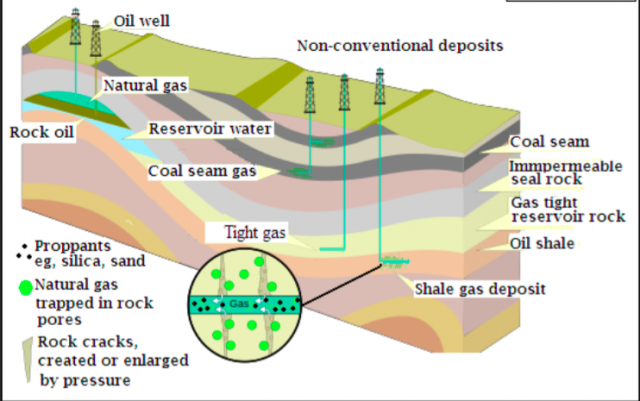Mexico’s recent energy reform (2013) has provided the foundations for increased private participation in attempts to offset or reverse the country’s continued decline in fossil fuel production. This country is currently on path to becoming a net energy importer by 2020. Conversely, in 2015, and for the first time in over 20 years, the United States (US) became a net oil exporter to Mexico. One of the strategies being pursued by Mexico to prevent an impending supply–demand energy imbalance is the development of shale resources using horizontal drilling and hydraulic fracturing techniques. Hence, an evaluation of the inherent risks associated with hydraulic fracturing is crucial for Mexico’s energy planning and decision-making process. This paper draws lessons from the recent ‘shale boom’ in the US, and it analyzes and summarizes the environmental, social, economic, and community impacts that Mexico should be aware of as its nascent shale industry develops. The analysis seeks to inform mainly Mexican policy makers, but also academics, nongovernmental organizations, and the public in general, about the main concerns regarding hydraulic fracturing activities, and the importance of regulatory enforcement and community engagement in advancing sustainability. Furthermore, using the US as a case study, we argue that development of unconventional oil and gas resources in Mexico could lead to a short-term boom rather than to a dependable and sustainable long-term energy supply. Our analysis concludes with a set of recommendations for Mexico, featuring best practices that could be used to attenuate and address some of the impacts likely to emerge from shale oil and gas development.
PublicationJournal Article Sustainability lessons from shale development in the United States for Mexico and other emerging unconventional oil and gas developers
Published:
October 6, 2017
Author(s):
Publication Type:
Journal Article
Associated Projects:
Abstract:
